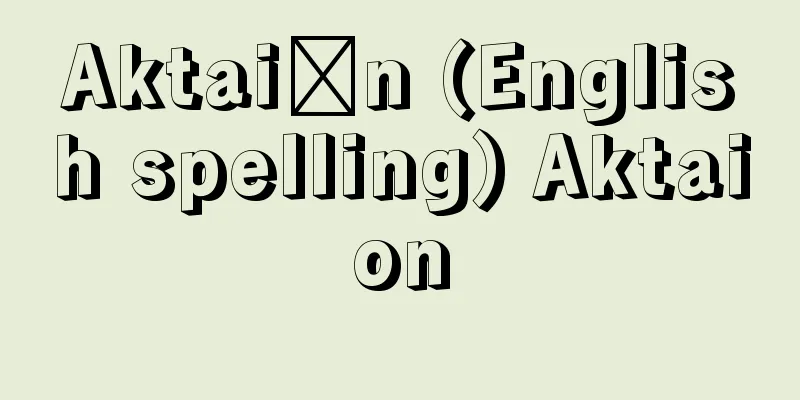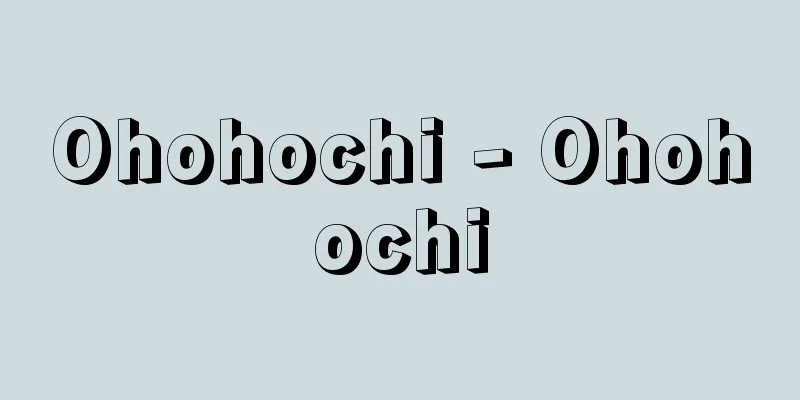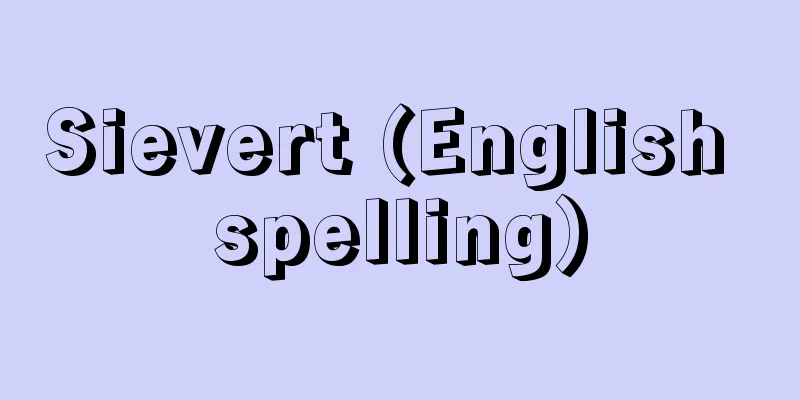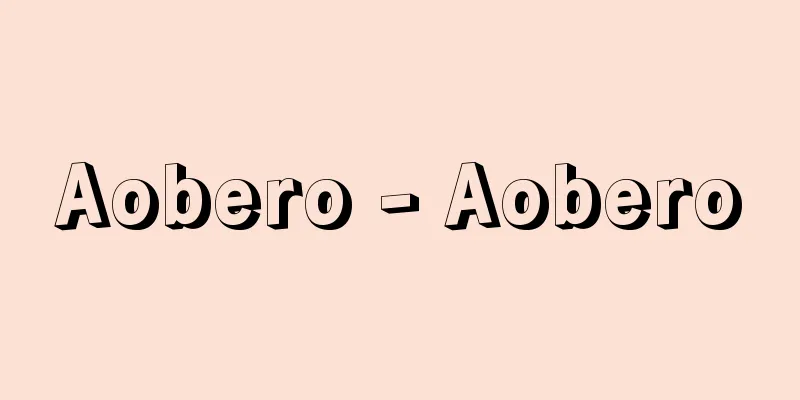Starvation - Kigasi

|
Starvation is a state in which food and nutrition are cut off or insufficient for a long period of time. If this state continues for a long time, the body will continue to consume nutrients and eventually die, which is called starvation (death from starvation). Starvation can be roughly divided into complete starvation and incomplete starvation. In either case, emaciation (wasting away) will occur, but the former is when not only food and nutrition but also water is completely cut off, and is also called absolute starvation. It is also called dry starvation because there is no swelling (swelling) in the body. Note that the classification of starvation is not necessarily unified, and complete starvation can also be when nothing is consumed except water. In this case, if no water is consumed, death will occur in about a week, but if water is consumed, it is said that the body can survive for 20 to 40 days. The latter is when there is a quantitative shortage of food and nutrition overall, or when only certain nutrients are cut off, and is also called wet starvation because swelling is observed in the body. Even in a society like ours, where food is readily available, there are cases of starvation resulting from abuse or confinement of infants, small children, and the intellectually disabled, as well as cases of starvation resulting from various physical and mental illnesses. [Masayoshi Furukawa] Source: Shogakukan Encyclopedia Nipponica About Encyclopedia Nipponica Information | Legend |
|
食物や栄養の補給が長期間とだえたり、不足した状態を飢餓といい、その状態が長引くと体内の栄養素を消費し続け、ついには死に至ることを飢餓死(餓死)という。飢餓は大まかに完全飢餓と不完全飢餓に分けられる。いずれの場合でも、るいそう(衰えやせること)をきたすが、前者は食物や栄養だけでなく水も完全に断たれた場合で、絶対飢餓ともいわれ、身体に浮腫(ふしゅ)(むくみ)がみられないことから乾性飢餓ともいわれる。なお飢餓の分類はかならずしも統一的ではなく、水分以外の摂取がまったくないものを完全飢餓ということもある。この場合、水をまったくとらなければ1週間くらいで死亡するが、水を摂取すると20~40日間は生存可能といわれている。後者は食物や栄養全体が量的に不足した場合や、ある種の栄養素のみがとだえた場合などで、身体に浮腫がみられることから湿性飢餓ともいわれる。わが国のような食糧事情のよい社会でも、幼・小児や知的障害者などの虐待とか監禁の結果、飢餓死に至る事例のほか、種々の肉体的・精神的疾患が原因で、飢餓状態に陥り死亡する場合がある。 [古川理孝] 出典 小学館 日本大百科全書(ニッポニカ)日本大百科全書(ニッポニカ)について 情報 | 凡例 |
<<: Homecoming Ceremony - Kikashiki
Recommend
Ginro - Ginro
〘noun〙 A type of hard solder used in soldering for...
George Cukor
American film director. Born in New York. Of Hung...
appropriate technology
…an abbreviation for “alternative technology” or ...
Kastorias [Lake] - Kastorias
…Ancient name: Keletron. Located on the west shor...
Takasago
[1] [noun] ① A high sandy hill. A high sand dune. ...
《Gids》(English spelling)
...During this period (1795-1813) of national suf...
Groningen Gas Field - Groningen Gas Field (English name) Groningen
A gas field located on the coast of the North Sea,...
Cedrus libani (English notation) Cedrus libani
…[Hiroshi Aramata]. … *Some of the terminology th...
Vischer, P. (Father) (English spelling) VischerP
...In the second half of the 14th century, the Pa...
white fox
…There are two types of foxes: those whose summer...
Moonstone - Moonstone (English spelling)
Also known as moonstone, it is a type of potassiu...
Mars - Kasei (English spelling) Mars
A planet in the solar system that moves just outs...
Badajoz - Badajoz (English spelling)
The capital of Badajoz province in the Extremadur...
"African Magazine" - Afrikashi
…He was baptized and given the name of the Pope, ...
The Alpine Club
...Mountain climbing has its limits when done by ...









